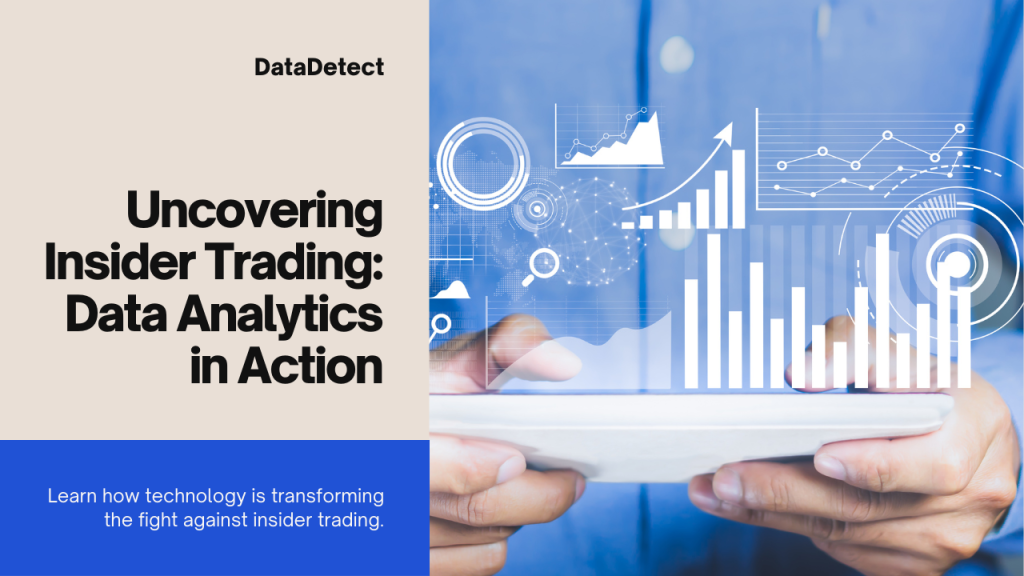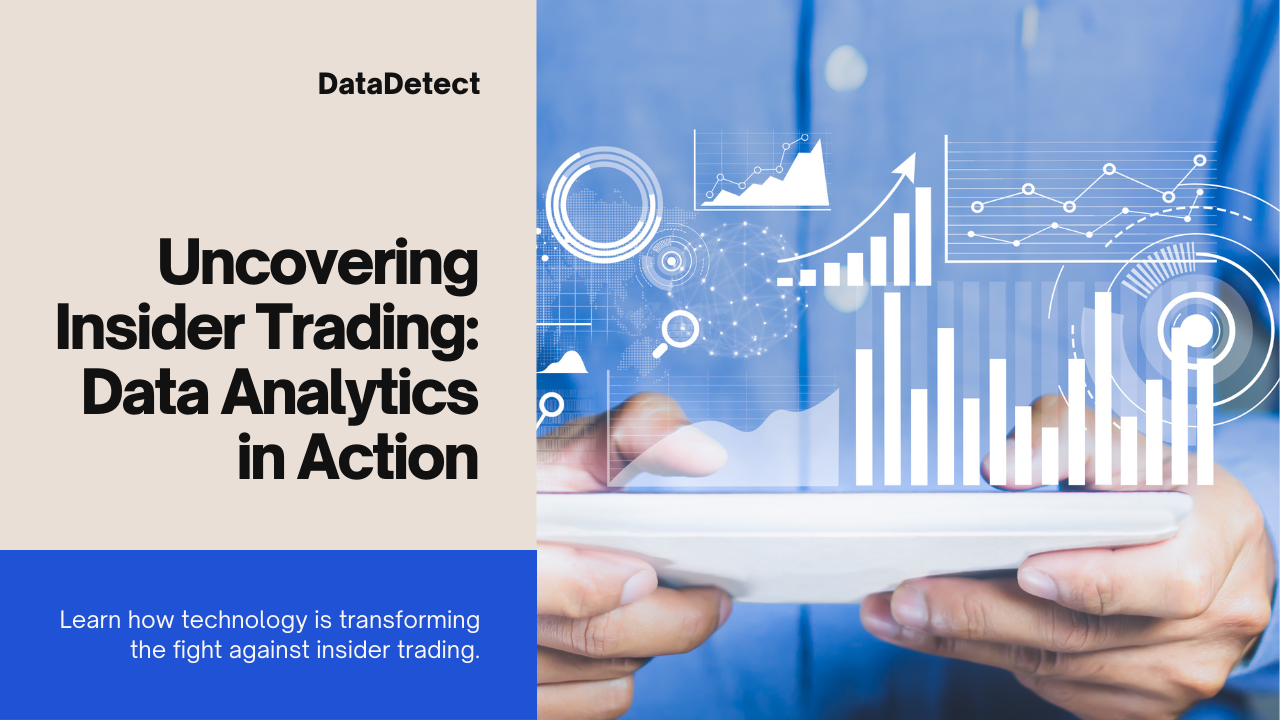As the financial landscape evolves, so too do the methods for detecting and preventing insider trading. In an era dominated by big data and artificial intelligence, technology plays an increasingly pivotal role in safeguarding the integrity of stock markets worldwide.
Data analytics tools have emerged as powerful allies in the fight against insider trading, capable of sifting through vast volumes of data to identify suspicious patterns and anomalies. By analyzing market trends, tracking trading activity, and monitoring communication channels, these advanced systems help regulatory agencies and compliance teams stay one step ahead of would-be violators.
Moreover, machine learning algorithms are continuously refining their capabilities, enabling them to adapt to evolving tactics employed by insider traders. From natural language processing to network analysis, these cutting-edge technologies empower authorities to root out illicit behavior and uphold the principles of fairness and transparency in the financial realm.
By harnessing the power of data analytics, stakeholders can work together to create a more level playing field, where investors can trade with confidence, knowing that the integrity of the market remains intact. From regulatory bodies seeking to enforce compliance to firms striving to protect their reputations, data analytics offers a potent weapon in the ongoing battle against insider trading.
However, while data analytics holds great promise in the fight against insider trading, its efficacy ultimately depends on the quality and breadth of the data available. As such, efforts to improve data collection and sharing mechanisms across regulatory jurisdictions are essential to maximizing the effectiveness of these tools.
In conclusion, the rise of data analytics represents a significant development in the ongoing effort to detect and prevent insider trading. By leveraging the power of technology, regulators and market participants alike can enhance their ability to identify and deter illicit activity, thereby safeguarding the integrity of financial markets for the benefit of all stakeholders.




